Spice Up Your Falafel: A Global Journey of Flavors
Description:
If you’ve ever bitten into a golden, crispy falafel and thought, "What gives this little green ball such BIG flavor?", you’re not alone! Spoiler alert: it’s the magic of falafel spices. In this article, we’ll explore how Global Spice Traditions influence the beloved falafel recipe across cultures. Along the way, you’ll get pro tips, a spice showdown in table form, and some hilarious spice facts that’ll make your taste buds dance.
Table of Contents
- The Humble Hero: Falafel on the Global Stage
- Core Falafel Spices Around the World
- Regional Twists: From Cairo to Tel Aviv
- Falafel Spice Showdown – A Global Comparison Table
- Pro Tips for Perfectly Spiced Falafel at Home
- A Brief History of Falafel & Its Spiced Evolution
- Fun Facts (and a Few Spice Jokes)
The Humble Hero: Falafel on the Global Stage
Falafel isn’t just a Middle Eastern street food—it’s gone global. You can find it in New York delis, Berlin vegan spots, Tokyo fusion joints, and even in space (okay, maybe not quite there yet). But no matter where you are, the secret ingredient is always the same: the spice blend.
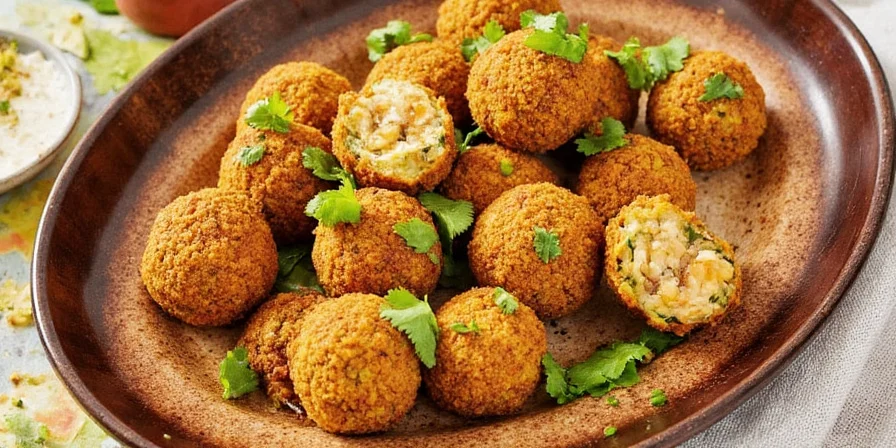
Core Falafel Spices Around the World
At its heart, falafel is chickpeas (or fava beans), herbs, and spices, fried to perfection. The base ingredients may be simple, but the spices add depth, aroma, and regional flair. Here are the top five spices you'll find in traditional falafel recipes worldwide:
- Cumin: The warm, earthy backbone of most falafel blends.
- Coriander: Adds citrusy brightness and balances heavier flavors.
- Paprika: Gives color and mild smokiness—especially popular in Israeli versions.
- Cayenne Pepper: For a kick. Not everyone wants heat, but many do!
- Dill or Parsley: Freshness boosters that keep falafel from tasting too heavy.
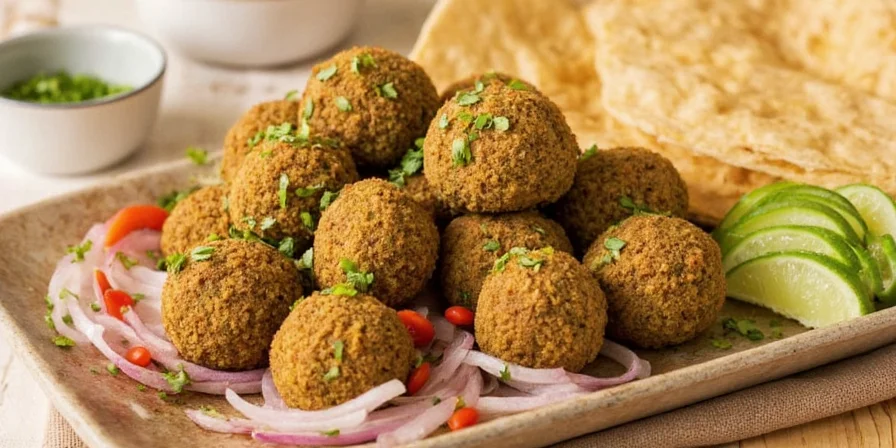
Regional Twists: From Cairo to Tel Aviv
While most falafel starts with the same basic idea, each region spices things up differently:
- Egyptian Falafel: Made with fava beans instead of chickpeas. Uses more dill and less cumin.
- Lebanese Falafel: Lighter, fluffier texture with a focus on parsley and mint.
- Israeli Falafel: Often includes sumac and garlic powder for extra zing.
- Turkish Falafel: Sometimes served with tahini or hot pepper paste for bold flavor.
- Western Vegan Falafel: May include turmeric for color, nutritional yeast, or even smoked paprika for a “cheesy” note.
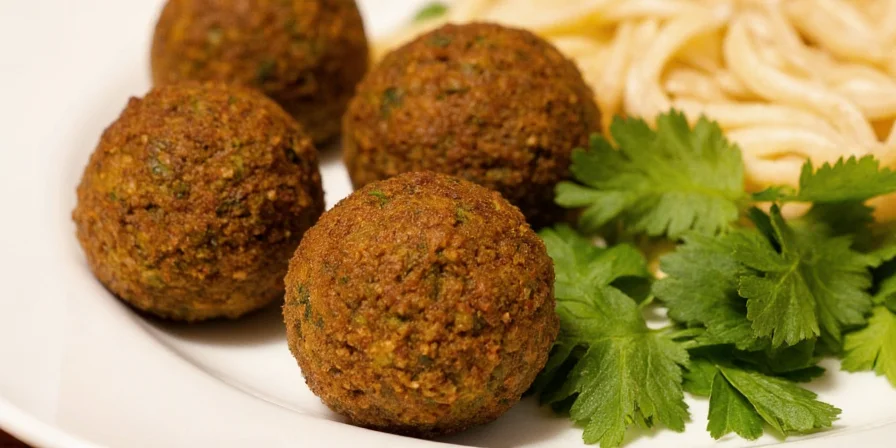
Falafel Spice Showdown – A Global Comparison Table
| Region | Main Bean | Cumin | Coriander | Paprika | Cayenne | Other Herbs/Spices |
|---|---|---|---|---|---|---|
| Egypt | Fava Beans | ⭐⭐⭐ | ⭐⭐ | ⭐ | No | Dill, Garlic |
| Israel | Chickpeas | ⭐⭐⭐⭐ | ⭐⭐⭐ | ⭐⭐⭐ | ⭐⭐ | Sumac, Garlic Powder |
| Lebanon | Chickpeas | ⭐⭐⭐ | ⭐⭐⭐ | ⭐ | No | Parsley, Mint |
| Turkey | Chickpeas | ⭐⭐⭐ | ⭐⭐ | ⭐⭐⭐ | ⭐⭐⭐ | Red Pepper Paste, Sumac |
| North America | Chickpeas | ⭐⭐ | ⭐⭐ | ⭐⭐⭐ | ⭐⭐⭐ | Turmeric, Nutritional Yeast |
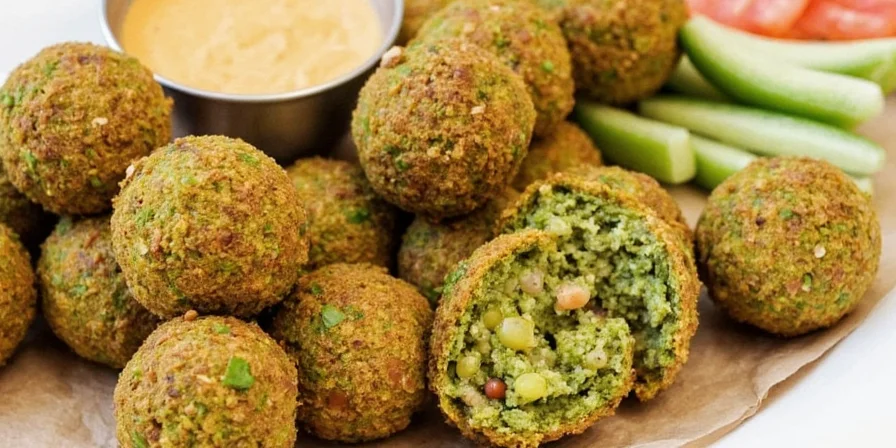
Pro Tips for Perfectly Spiced Falafel at Home
Want to impress friends with restaurant-level falafel without leaving your kitchen? Try these spice-enhancing hacks:
- Toasting Cumin: Dry roast cumin seeds before grinding for a richer flavor.
- Fresh Is Best: Use fresh herbs like parsley or cilantro whenever possible.
- Balance Heat: If using cayenne, mix it with a neutral spice like coriander to avoid overwhelming the palate.
- Resting Matters: Let your mixture rest for 30 minutes before frying—flavors meld better.
- Oven Option: Baking falafel? Add a bit of baking powder and olive oil to mimic the crispiness.
A Brief History of Falafel & Its Spiced Evolution
Falafel has roots in ancient Egypt, where it was made from fava beans as a hearty meal for workers. Over centuries, as trade routes expanded, so did the spice palette. By the time falafel hit Israel and Lebanon, new spices entered the mix, transforming it into the global favorite we know today.
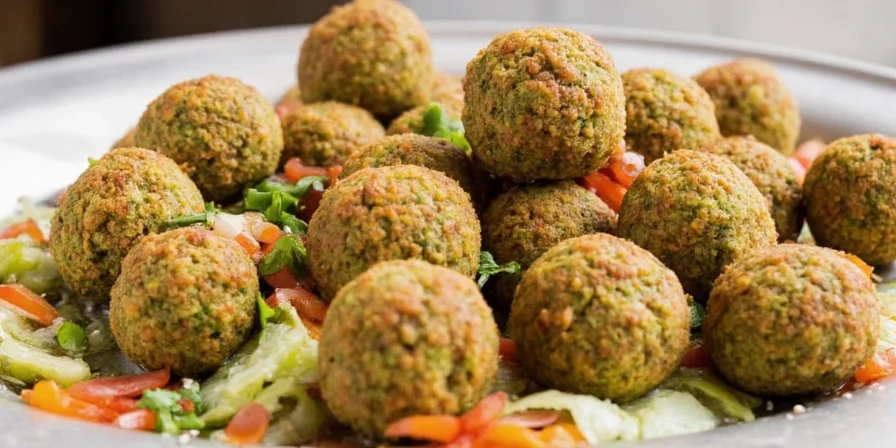
Fun Facts (and a Few Spice Jokes)
- Did you know? Cumin is one of the oldest known spices, dating back to ancient Egypt.
- In Arabic, falafel means “spiced balls.” Yep, pretty much what they are.
- Why don’t spices ever go to school? Because they already have all the seasoning!
- Coriander and cilantro come from the same plant—but one's a spice and one’s an herb. Mind blown yet?
Final Thoughts: The Spice Must Flow
From Cairo to California, falafel proves that a humble mix of beans and spices can travel the globe—and win hearts along the way. Whether you prefer yours spicy, herby, smoky, or sweet, one thing is clear: falafel spices are the unsung heroes behind every bite. So next time you grab a pita wrap, take a moment to appreciate the centuries of spice traditions hiding inside those golden balls.
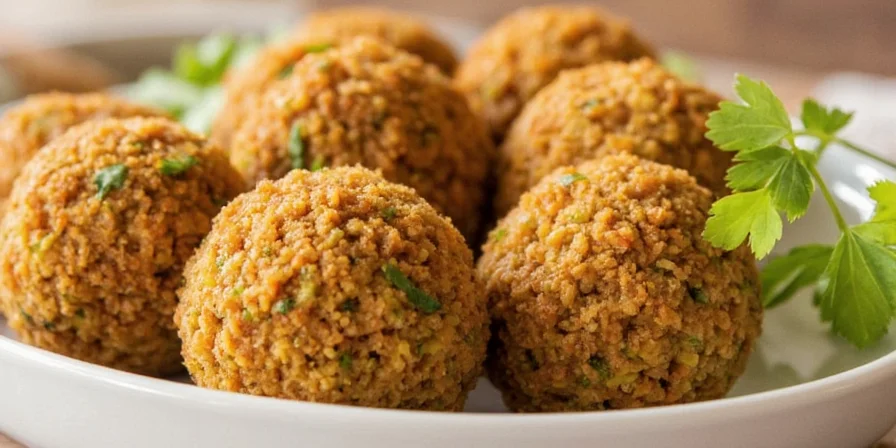

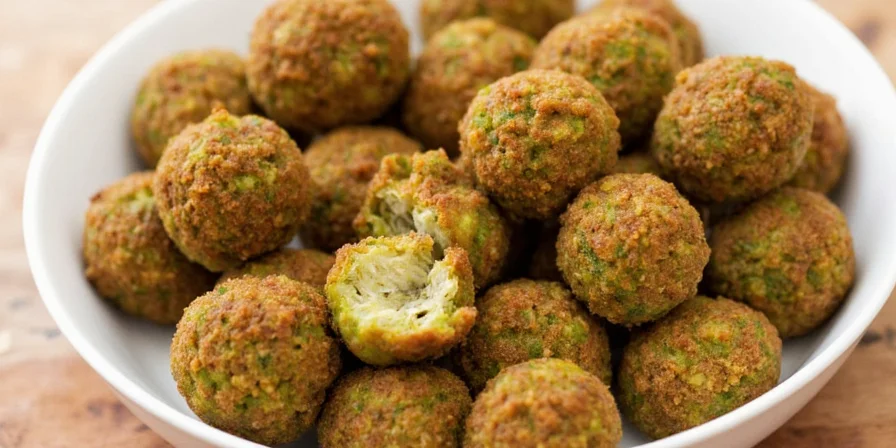









 浙公网安备
33010002000092号
浙公网安备
33010002000092号 浙B2-20120091-4
浙B2-20120091-4